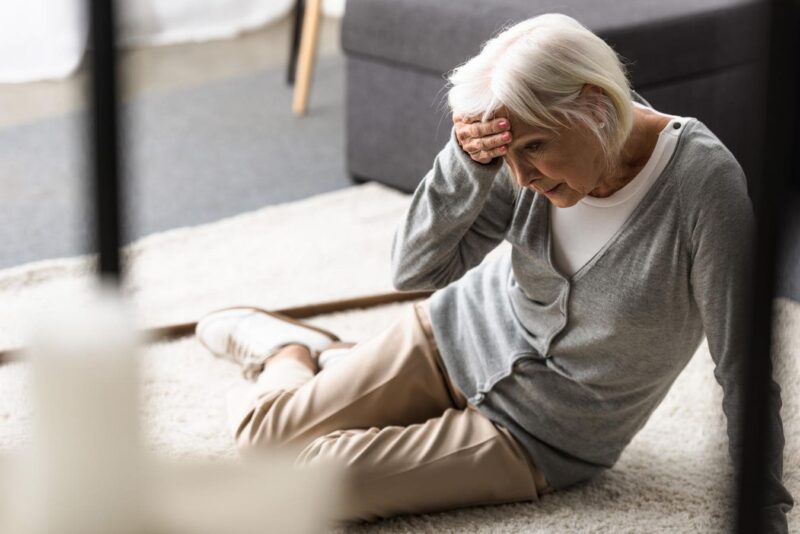National Fall Prevention Day is an opportunity to remind ourselves of how falls happen and how to prevent them.
getty
Each year, millions of older adults experience falls, making them one of the leading causes of injury, hospitalization, and even death in the United States. Yet falls are often misunderstood, underreported, and viewed as an inevitable part of aging rather than what they really are: preventable health events with identifiable risk factors.
On the occasion of National Fall Prevention Day, I spoke with Stephanie Wierzbicka, Director of Strategic Health Care Programs at ComForCare and At Your Side Home Care. She has dedicated her career to helping older adults remain safe, strong, and independent in their homes. In this conversation, Stephanie shares why falls are so dangerous, who is most at risk, and what families, caregivers, and healthcare professionals can do to reduce their prevalence.
Why do people fall? Why are falls so risky?
SW: Falls don’t happen “just because.” There is almost always a reason, which we define as a risk factor. These are often multifactorial—when one or more are not managed, a fall can be the consequence… Falls are risky because they often occur in the home and are traumatic, impacting a person’s lifestyle. For example, older adults who fall may develop a fear of falling, leading them to limit activity, which increases frailty and ironically raises future fall risk.
Who is at the greatest risk for falls?
SW: Those aged 65 and older are most at risk, but simply being 65 doesn’t automatically put you at risk… The greatest risk factor is poor lower extremity strength. Weak leg muscles, poor balance, and limited flexibility lead to the highest incidence. Other contributors include medication type and volume, footwear—your feet actually shrink with age—and inadequate protein intake (less than 90 grams daily for people 65+). Falls must be seen as a chronic condition requiring ongoing management of these factors.
How can we prevent falls? What interventions make the biggest difference?
SW: You cannot prevent every fall, but you can manage risk factors like you would with high blood pressure… Some of the “biggies” include: exercise (“exercise is medicine”—work on strength, balance, and flexibility, not just walking), medication reviews to minimize fall-inducing drugs, and screenings for orthostatic hypotension. Nutrition and hydration also matter—dehydration, low vitamin D, and poor calcium absorption can all contribute… It can feel overwhelming, which is why older adults need community partners who are trained in identifying and managing risks.
Why isn’t there greater awareness of falls as a source of morbidity and mortality?
SW: This is the toughest part: the information isn’t reaching older adults. Many think falls happen because they “tripped” or “felt dizzy”—not recognizing actual risk factors. Education takes time, and many providers are not trained in fall prevention. Medical school curricula rarely cover it, and clinicians often address single issues without connecting them to fall risk. Meanwhile, falls compete with other conditions like dementia or heart failure for attention… But we must spread the message that falls are not a normal part of aging. Community partners and primary care physicians can normalize asking about fear of falling and start making fall risk a standard discussion point.
What key statistics should readers be aware of? What simple changes can older adults make in their homes to reduce fall risk?
SW: Two stand out: (1) Falls are the number one reason for all hospital emergency room admissions in the U.S. and (2) Falls are not a normal part of aging. Exercise has consistently been shown to reduce fall risk, but the right kind of exercise and motivation are essential.
Improve lighting with brighter bulbs or motion-sensor lights… Remove hazards like clutter, throw rugs, and loose carpets… Add safety features like grab bars in bathrooms and railings on stairs… Organize living spaces so essentials are within reach, eliminating the need for stools or overreaching.
The Bottom Line:
Falls are not inevitable. They are a chronic condition with identifiable risk factors—and with the right combination of education, community support, exercise, and environmental changes, they can be managed and reduced. As Wierzbicka reminds us, “We all play a role.”









